Based in Guangzhou, Coobe and Sophia have built an artsy and eclectic home space with their contemporary art collection that include various mediums from sculpture to painting, from video to installation. While Guangzhou may host fewer contemporary art exhibitions than in Beijing and Shanghai, the couple find it convenient instead for them to make independent judgments in their art collecting, shielded from disturbances by too many external factors.
LARRY’S LIST spoke with the couple, who shared about why their art collection is named Last Piece Collection; why he wants to collect non-beautiful or even ugly artworks; the installation they recently purchased cannot be shipped because it contains chia seed grains in it; and why collecting is like about whether “to be the first person to eat crabs.”
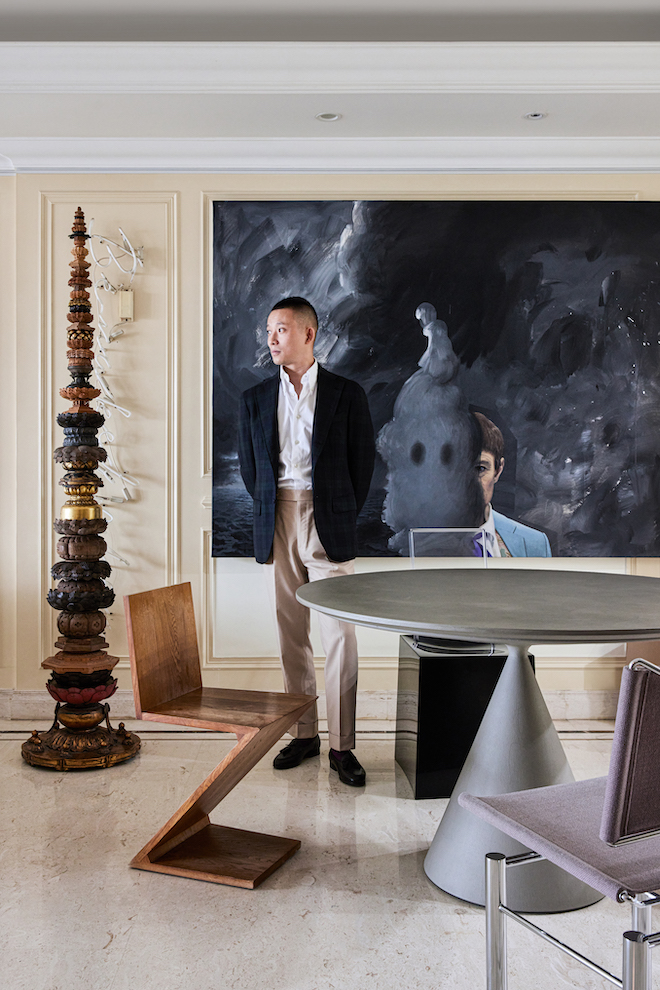
What was the first piece you collected and what was the reason for it?
Coobe: It was a simple matter of being moved by art. In 2021, I was traveling in France with my wife, and I acquired a work by Igor Skatetsky.
Sophia: There was a painting of a naked boy hanging in the lobby of the hotel where we were staying. During our stay, there was an old man who would go there and sit every day looking at that painting, gazing at it intently. There was no way you wouldn’t notice him. Once I got up the courage to go up and talk to him, he said that the boy in this painting reminded him of his son.
We were touched by that artwork, which could have such an impact on people. We then followed the trail to find out the artist who created this painting, and finally found that this artist was represented by a gallery in France. We later started collecting. Our collection called Last Piece Collection: each piece is “the last” piece, but it never stops.
Bian Zhilin once wrote, “You stand on the bridge viewing the sight, upstairs on the tower people are watching you.”
Coobe: Like the plot of the movie, art decorates your walls, and you decorate other people’s dreams. Haha. magical transformation.
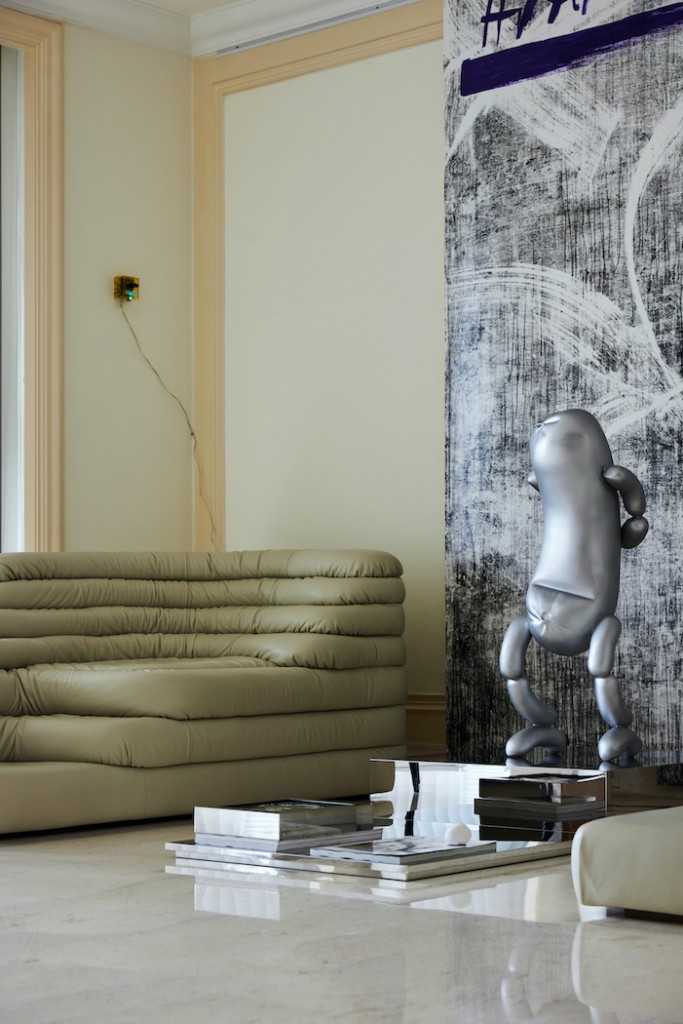
From your collection, you seem to have a constant interest in abstract portraits. How has your collection evolved from 2019 to the present?
Coobe: It has changed quite a bit from the beginning to now, probably more surrealist and post-surrealist works. Basically, I buy art with all kinds of mediums: painting, sculpture, photography, film, mixed-media installations, eco-art—every kind.
I was shocked by this Daniel Firman installation at the door when I first came in your home. Though I’m getting used to it now, I think it might be pretty creepy at night.
Coobe: It’s okay, you will get used to it. Sometimes we have drinks with friends in the evening; when there are many people, it looks less creepy; sometimes there are fewer people, it becomes a kind of company.
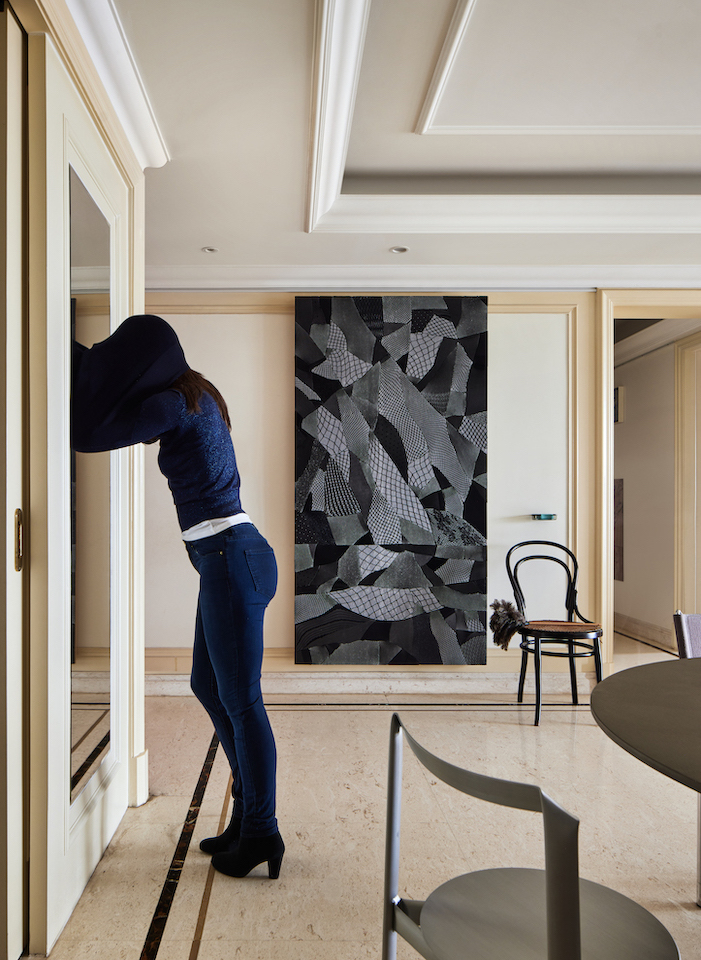
What kind of role do you see collecting art playing in your own life? Do you share the joy of collecting with your family?
Coobe: Fun and joy. Since I started collecting, I’ve always made decisions with my wife, sharing the fun and the risk. Sometimes when I want to buy a piece, I would not buy it if she doesn’t agree.
Sophia: But after a while, how did this work suddenly appear at our home? [laughter]
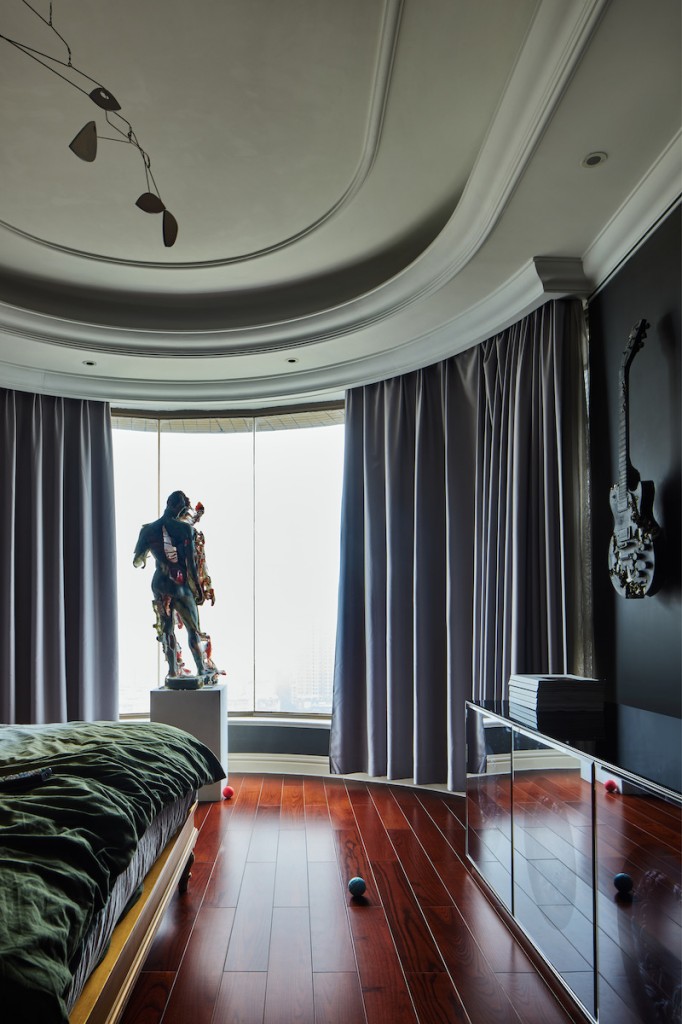
What is the most important piece of your collection that you have recently acquired?
Coobe: I recently bought Japanese artist Yuho Mohri’s sound installation in Art Basel Hong Kong. She attached electrodes to the fruit, and the installation emits different sound signals as the fruit decays, plus the fruit can sing. It can be operated in our home, we tried it and it was fun.
How do you feel about uncertainty in collecting ?
Coobe: There are so many uncertainties in collecting. For example, after I bought an eco-art installation by Pakui Hardware, it was never shipped because the installation contains chia seed grains in it, and it wouldn’t go through customs, so I’m still working on it.
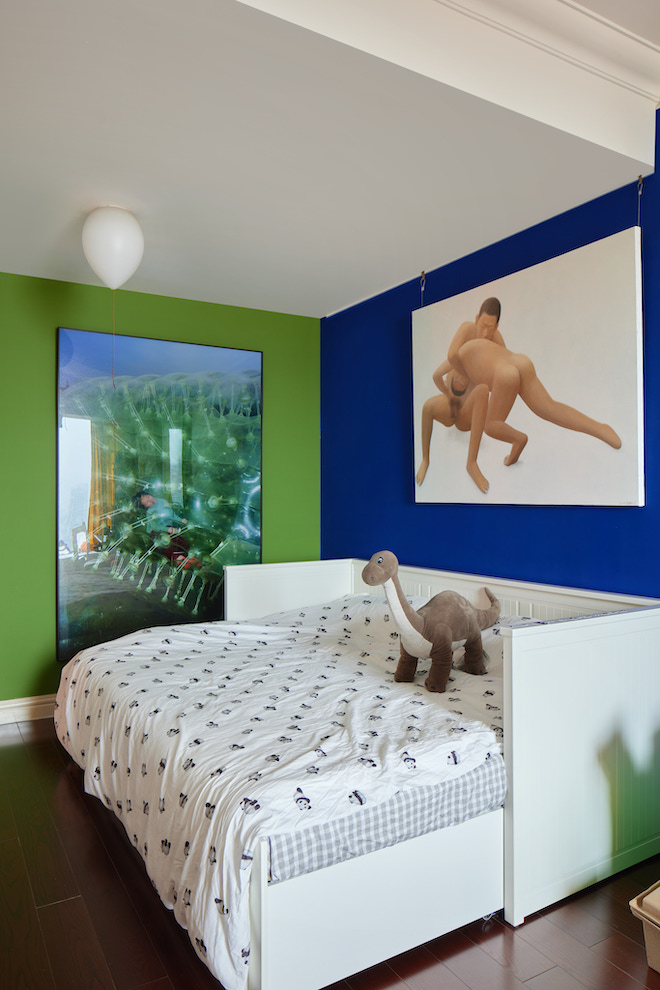
Can you name the most important factor that determines your choice of collecting?
Coobe: Whether I would want to keep it after I bought it. If it doesn’t look like something I would want to keep and it doesn’t feel right, then I won’t buy it. Being a collector means to own it until it gets moldy, and still owning it.
Sophia: We look at artworks with different emphases. He will buy for purely conceptual works, probably related to his professional background as an ex-advertiser. I would be cautious about such work. It’s the talent that attracts me. On David Altmejd’s sculptures, for example, you can see the artist’s talent in the relationship between image and material, like a butcher’s knife, with no hint of artifice.
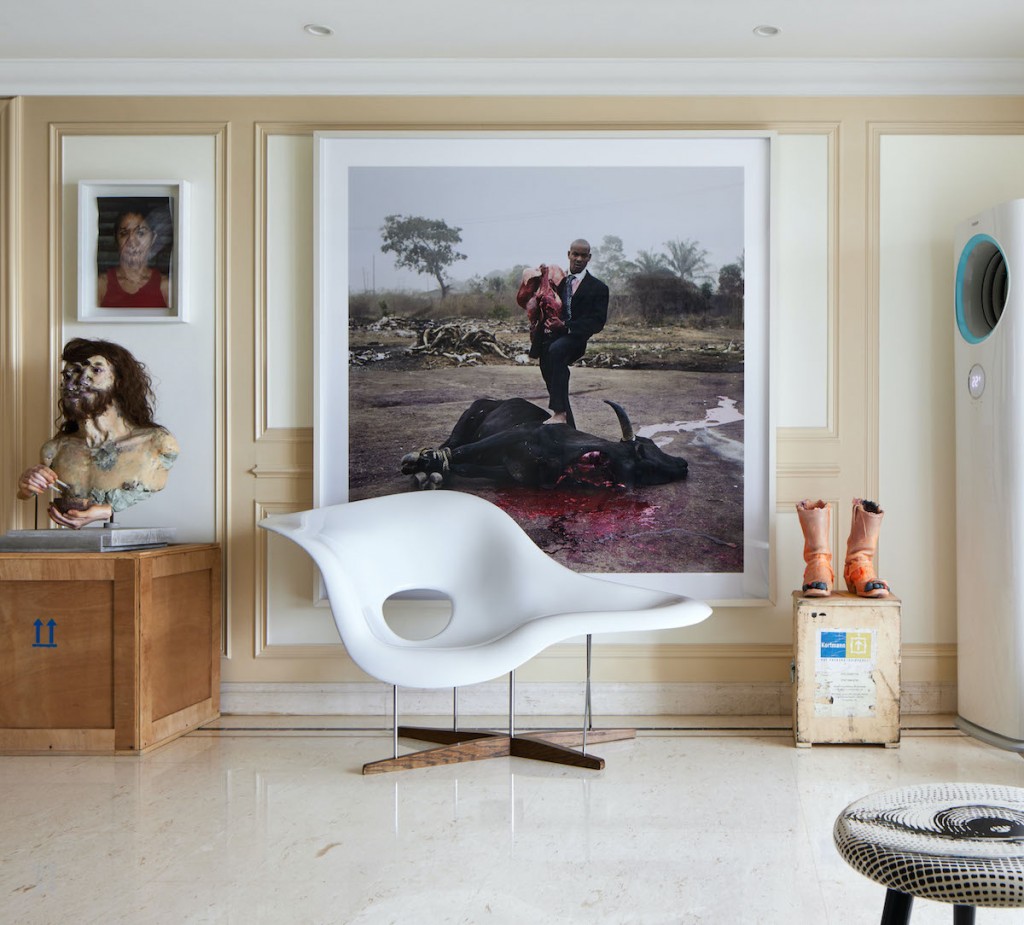
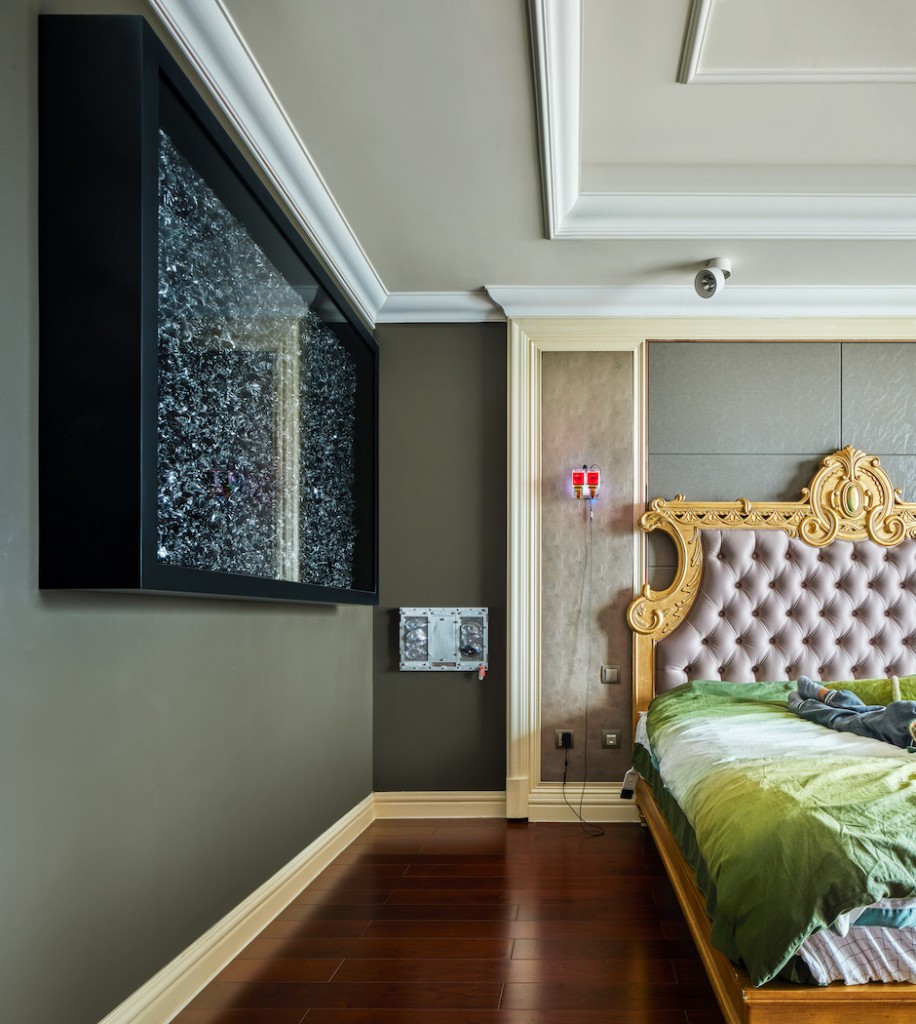
Is there a thread that connects the different styles in your collection together?
Coobe: In Byung-chul Han’s “The Redemption of Beauty”, contemporary art is about “smoothness”. He used Jeff Koons’ work as an example to talk about the homogeneity of contemporary art aesthetics. If it looks smooth and shiny, it’s beautiful. The same logic as social media likes—you echo each other’s narcissism with a simple “like” bottom.
The purpose of my collection is to contradict this; to collect non-smooth, non-beautiful, even ugly works. I use contemporary art collection as an opportunity: the risk of beauty is worthy of serious examination, and the value of collecting refers to such things.
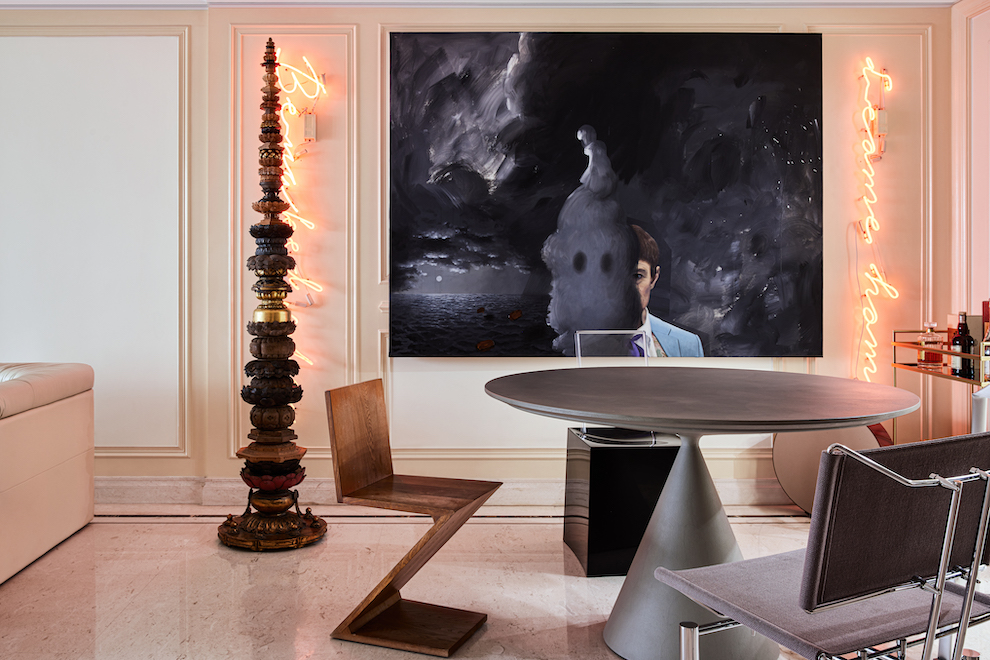
Would you agree that contemporary art is in a state of “beauty inflation”?
Coobe: That’s probably true. When you stay in one place for a long time, it’s easy to get caught in a norm. Guangzhou is a place where the number of contemporary art galleries is limited. There are fewer contemporary art exhibitions than in Beijing and Shanghai. Probably because of this reason, it is instead convenient for us to make independent judgments and not be disturbed by too many external factors.
Has the traveling restrictions during the past two years of social isolation had some impact on your selection of collections, especially international contemporary art?
Coobe: Everyone collects differently, and some people must go offline to see the work. I joke that my own collecting channel is the Internet. During the epidemic, I was looking at exhibitions remotely on Instagram every day and buying the good ones I saw. Of course now that you can travel around, which is definitely even more convenient.
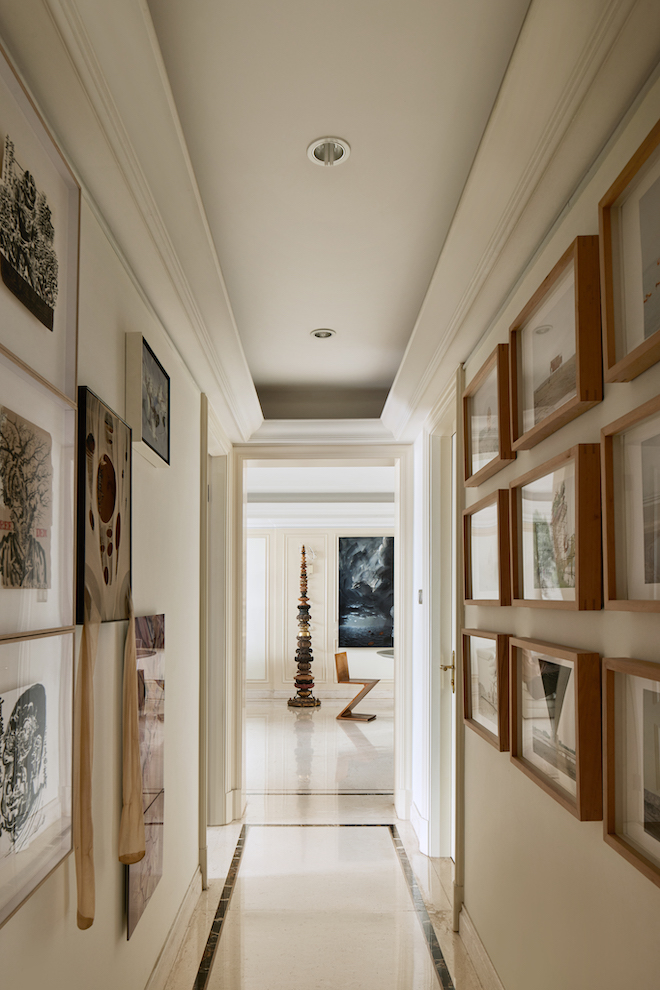
Can you give advice to new collectors who are getting into collecting?
Coobe: Contemporary art collecting is sometimes a very abstract thing. The cost of a piece may only be a thousand or so dollars, but you have to pay tens or even hundreds of times more in order to to buy it. Thus, many people don’t accept this. It depends on whether you want to accept the nature of collecting. If you can’t accept it, then don’t start.
Collecting is like about whether “to be the first person to eat crabs”. Two or three years ago, I was the first collector in mainland China to buy Ashley Hans Scheirl’s work. Artworks can never be mass-produced. When crabs are delicious but expensive, they can be artificially aqua cultured while artwork cannot.
Can you list three emerging artists whom we should pay special attention to?
Coobe: American artist Emma cc Cook (b. 1989), Portuguese artist Goncalo Preto (b. 1991), French artist David Weishaar (b. 1987), and Estonian artist Katja Novitskova (b. 1984).
Instagram: @lastpiece_collection
A selection of artists Coobe and Sophia collect:
Ashley Hans Scheirl
David Altmejd
Ni Youyu
Xu Zhen
Yuho Mohri
Interview by Edely Yang and Vivian Xia
Translation by Ballad Liao





